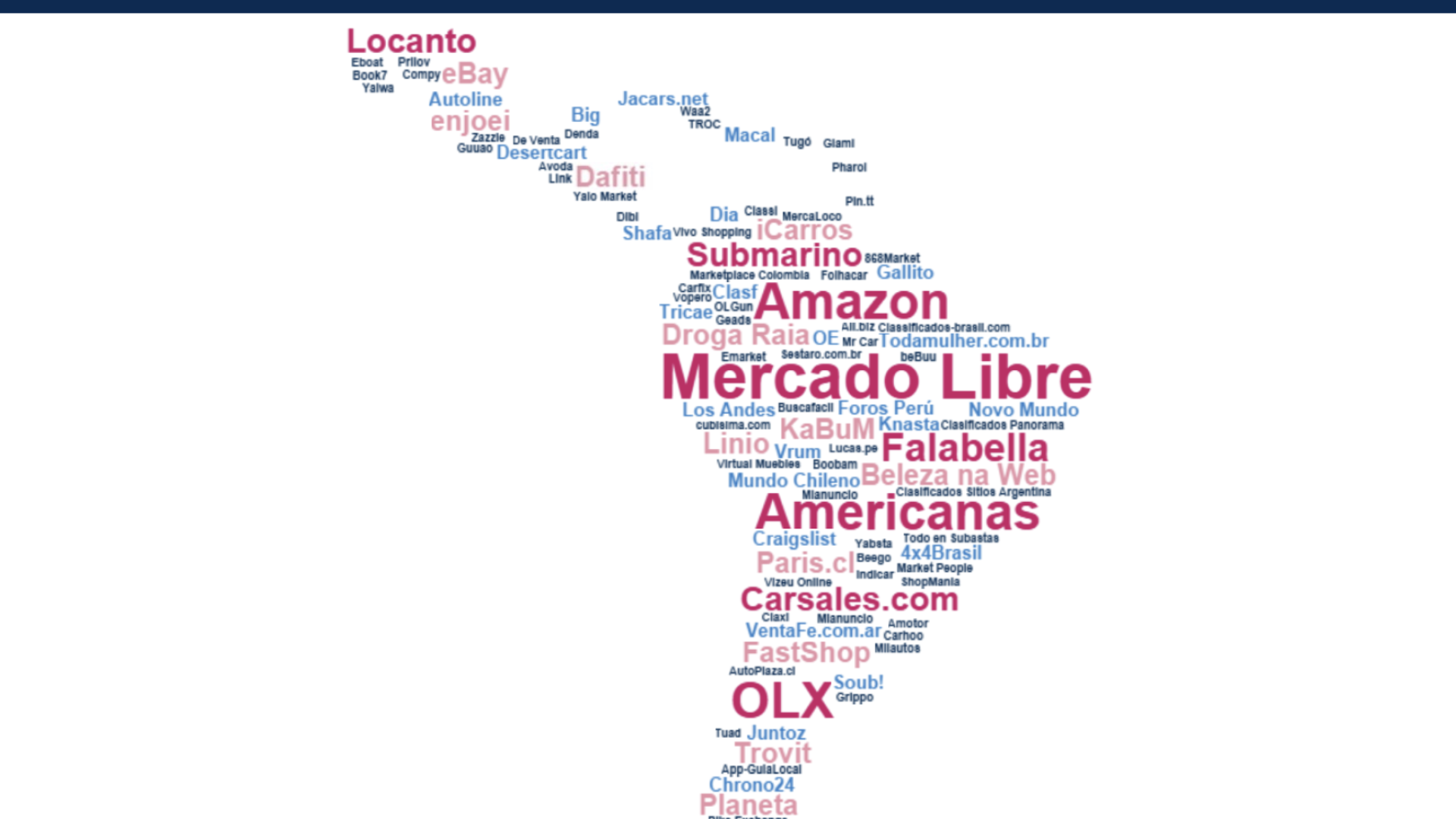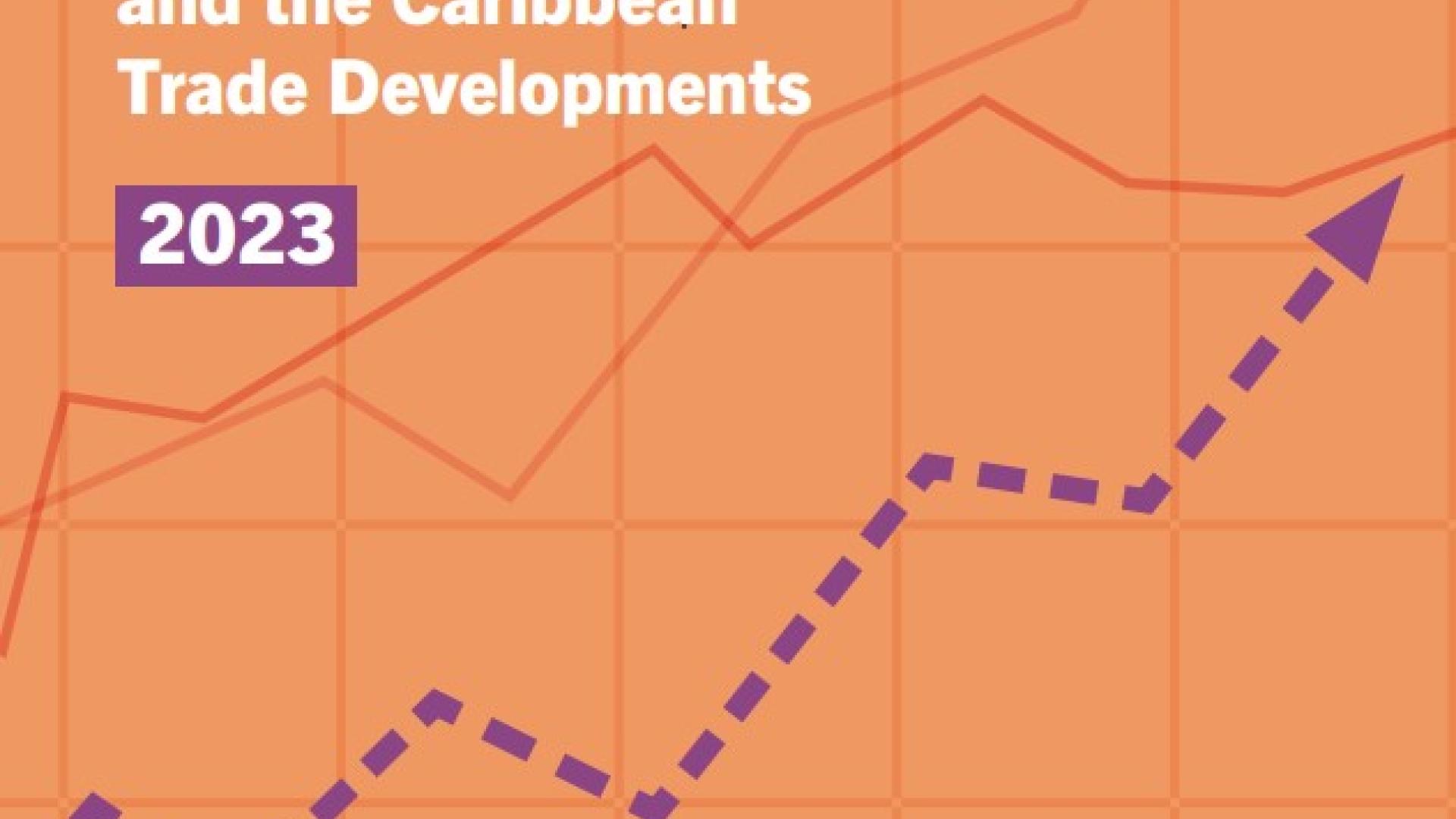Briefing note
(13 September 2012) Foreign trade in Latin America and the Caribbean will suffer from the economic slowdown that started in the second half of 2011. The value of regional exports will increase by 4% in 2012, whereas imports will grow 3% - according to estimates presented in a new ECLAC study today.
In its annual report entitled Latin America and the Caribbean in the World Economy 2011-2012, the UN organization states that the current recession in the Eurozone, the lack of economic dynamism in the United States and Japan and the modernization in China's and other emerging economies' growth will affect trade in the region - which, in 2012, will be 20 percentage points lower than expansion rates shown last year.
The prospects for 2012 show that foreign trade value in Mexico and Central America will grow above the regional average (7.3% in exports and 5% in imports), whereas South America will see lower rates (1.1% and 3.2%, respectively). The Caribbean countries will witness a fall in their trade exchange (-0.7% in exports and -2.1 in imports), a fact that can be explained by their strong linkages to the European Union.
According to ECLAC, Latin America and the Caribbean was the region with the highest export volumes growth in the last quarter of 2011 and the first four months of 2012, amidst the global trade slowdown. Nonetheless, the European crisis and a global risk aversion affected its export performance in the months afterwards.
This slowdown has affected the exchange with the main trade partners in the region - especially regarding exports to the European Union, which fell by 5% in the first half of 2012 compared to the same period in 2011. The weak export performance to the European Union will prevail for the rest of the year, although there will be differences among subregions (Caribbean countries, -19%; South America, -7%; Mexico and Central America, 16%).
In the short term, this report foresees that developing countries will continue to be the engines of world economy and trade, although they will eventually also slowdown. "For this reason, ECLAC stresses that, in order to increase potential growth in the future, it is necessary to make a special effort on ongoing challenges concerning production: productivity, innovation, education, infrastructure, logistics and transport," said Alicia Bárcena, Executive Secretary of the Organization, when launching the document.
These topics, together with the regional need to move forward on the path of equal growth and environmental sustainability, were recently presented in a document entitled Structural Change for Equality: An Integrated Approach to Development, launched by ECLAC during its thirty-fourth session, held at the end of August, in El Salvador.
Amid the current international uncertainty, ECLAC foresees that the total value of regional exports will continue to grow in the next three years, yet at a lower rate that in the past years, i.e. an annual growth of 5% between 2013 and 2015 compared to an annual average growth of 20% in the second half of the last decade.
In this context, ECLAC warns on opportunities and challenges linked to the strong relevance of commodities in the region's export basket - especially among South American countries. One of these challenges is the presence of broader production chains, either national, regional or global, as well as the recent integration of small and medium-sized enterprises into the production process of exports; the boost of interregional trade relations; and the strengthening of links to China and Asia-Pacific.
Challenges for the Region
In its report, ECLAC sets forth that Latin America and the Caribbean continue to show low intraregional trade levels and a low productive integration. In spite of the fact that more than 50% of the exports of intermediate goods (excluding Mexico) are directed to the region, the proportion of the latter among intraregional exports amounts to only 10%. "Therefore, it is necessary to establish an adequate environment for a better productive integration among the economies of the region," reads the document.
In the Latin America and the Caribbean in the World Economy 2011-2012 report, other gaps in the region's export performance are highlighted. For instance, the percentage of exporting enterprises is below 2% in most of the countries of the region, and below 1% in many of them. On the other hand, the first percentile of exporting enterprises directs a proportion equal to or above 70% of their total exports to most countries of the region. Likewise, companies selling one single product for one single market prevail: from the 108,000 exporting enterprises existing in 10 countries of the region in 2010, 36% (most of them small and middle sized) exported only one product to one destination.
Finally, the report highlights the need to continue strengthening the links to other developing regions - especially to Asia-Pacific, currently, the main economic dynamism pole in the world. Accordingly, the Organization calls on the countries to urgently coordinate at a regional level in order to respond to the broad cooperation agenda between China and Latin America and the Caribbean, proposed by the Chinese Prime Minister Wen Jiabao, in his last visit to the ECLAC Headquarters in Santiago, Chile.
See also:
For further questions, please contact ECLAC's Public Information and Web Services Section:
E-mail: prensa@cepal.org; Tel.: (56 2) 210 2040.
Follow us on Twitter, Facebook, Flickr and YouTube.



